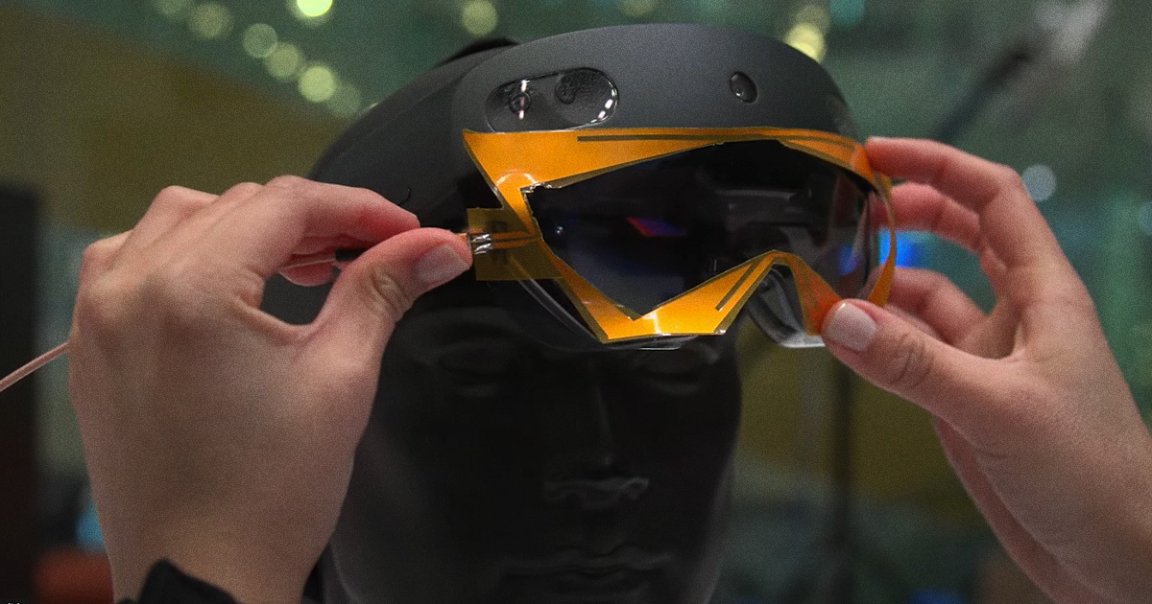
Discount Superpower
If you want “X-ray vision,” you may no longer need to be an actual Superman. It’s now possible for your average Joe Blow to see through objects — with the right bleeding-edge tech, that is.
As detailed in a new paper, researchers at MIT have designed such a device in the form of a modified Microsoft Hololens headset they’re calling X-AR. And yes, it does endow the wearer with the ability to see through stuff — sort of.
Fortunately, it doesn’t actually send out harmful X-rays. In reality, it beams out radio signals to find items labeled with radio frequency identification (RFID) tags. These items then pop up as a holographic visual, in theory allowing a user to locate the items faster.
“Our whole goal with this project was to build an augmented reality system that allows you to see things that are invisible — things that are in boxes or around corners,” said senior author Fadel Adib, an associate professor of electrical engineering and computer science at MIT, in a press release.

Warehouse Power-up
The intended purpose of X-AR is decidedly less dramatic than how X-ray vision is deployed in comics.
Basically, the idea is that warehouse and retail workers could use the tech to help locate items in a vast inventory. First, a user would look up the item through a floating menu. Once selected, its location is highlighted with a sphere, with a path of footsteps projected on the ground — even if the item is buried behind arrays of boxes and other objects.
During testing, the X-AR was able to pinpoint items within around four inches, guiding users to the correct item with 96 percent accuracy.
If a bunch of clothes were heaped in a giant pile, the thinking goes, it could help a worker easily pick out something specific. The researchers also think X-AR could help technicians to pick out the exact tool or parts for the job.
Augmenting AR
In its current, incipient form, the X-AR likely doesn’t have the range (currently ten feet) or speed for efficient use, but it could still mark a notable step forward for AR tech. According to Adib, “there isn’t anything like this today.”
“This paper takes a significant step forward in the future of AR systems, by making them work in non-line-of-sight scenarios,” added Ranveer Chandra, the managing director of industry research at Microsoft, who was not involved in the study.
It’s certainly a novel innovation — but we can’t help but imagine a bleak future where workers are further demanded higher levels of efficiency through the use of such AR headsets.
More on AR: Congress Rejects Funding the Military’s Microsoft AR Goggles Because They Made Soldiers Sick